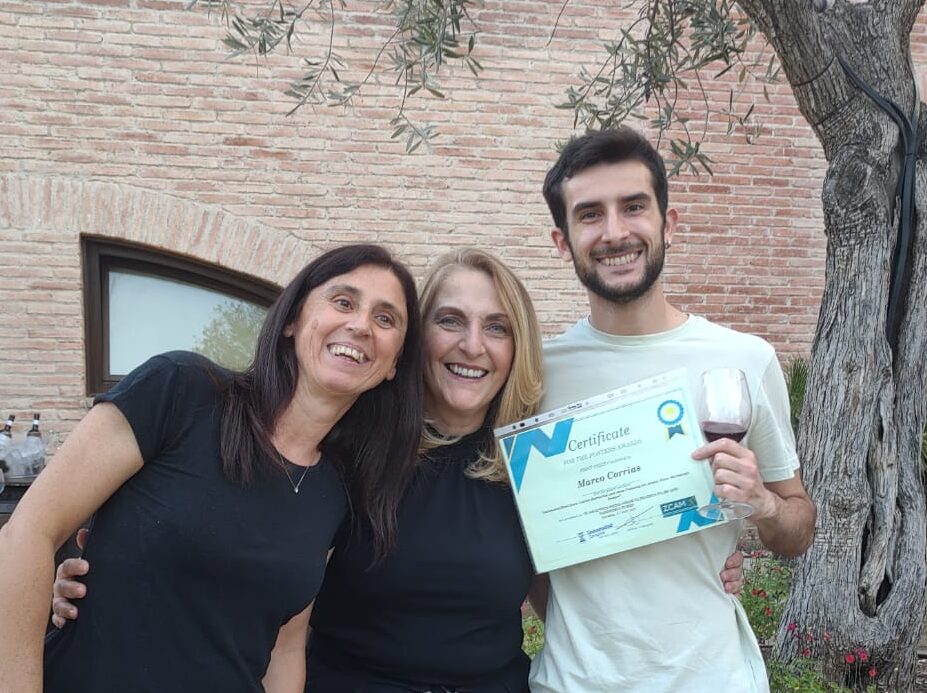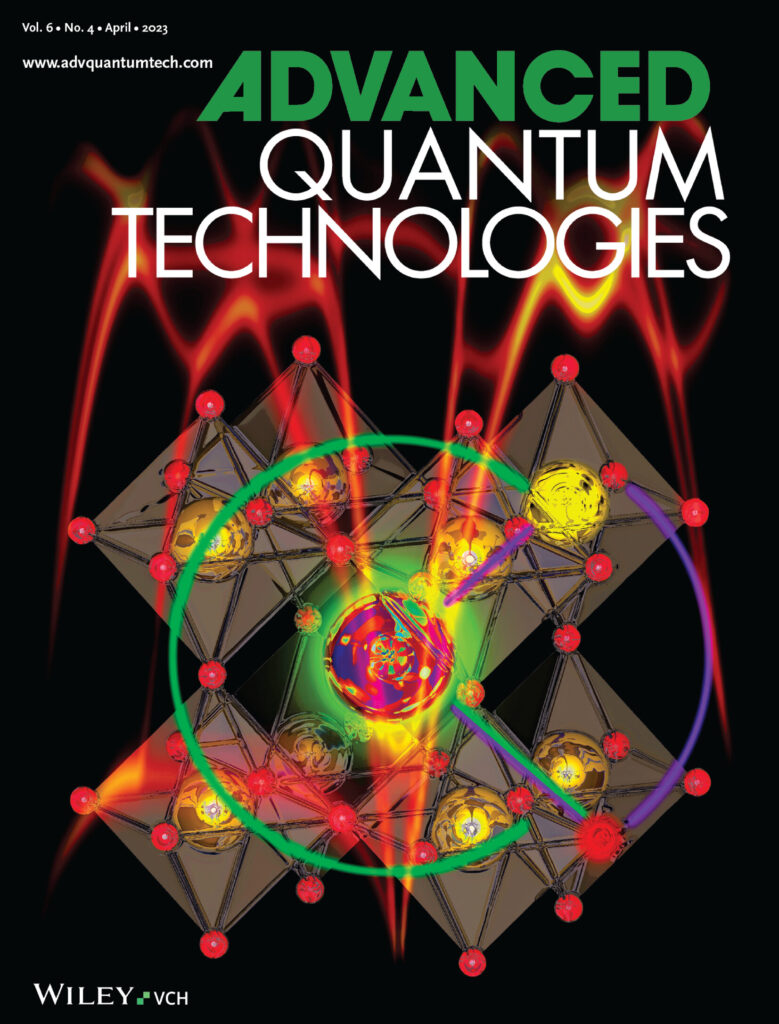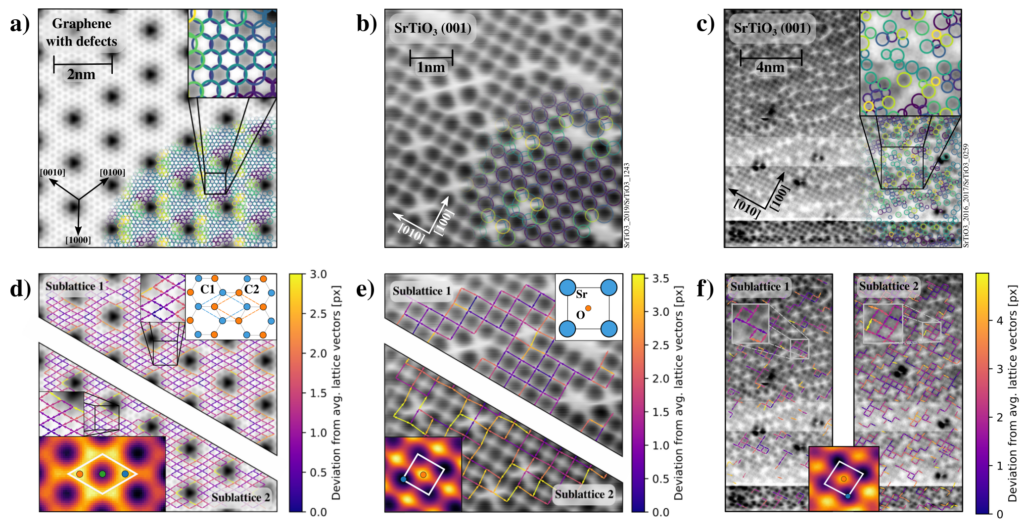Marco Corrias winner of the Poster session at Zaragoza conference IUVSTA-ZCAM Metal-Oxide Ultrathin Films and Nanostructures:

New publication and cover picture: Temperature-Dependent Anharmonic Phonons in Quantum Paraelectric KTaO3 by First Principles and Machine-Learned Force Fields, Luigi Ranalli et al Adv Quantum Technol. 2023, 6, 2200131

New Publication: Automated real-space lattice extraction for atomic force microscopy images,, Marco Corrias et al 2023 Mach. Learn.: Sci. Technol. 4 015015

 Home
Home